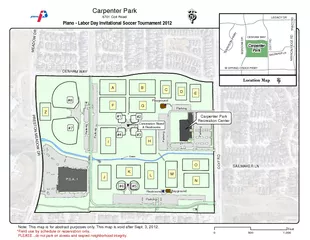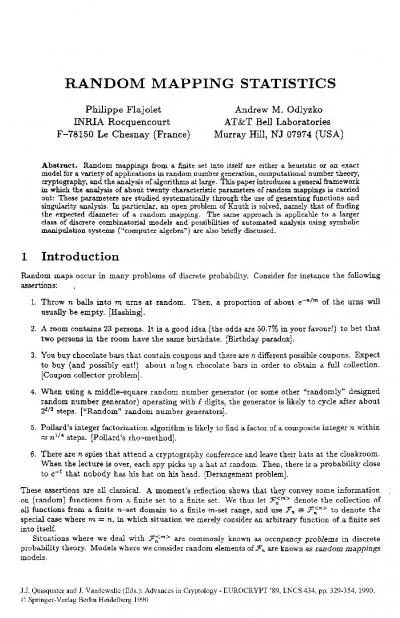PPT-Algorithms on Parking Functions and Related
Author : karlyn-bohler | Published Date : 2020-04-02
Multigraphs 賴俊儒 Lai Chun Ju 國家理論科學研究中心 cjlaintuedutw Parking Functions Model n drivers try to park in n spots 1 to n one by one i
Presentation Embed Code
Download Presentation
Download Presentation The PPT/PDF document " Algorithms on Parking Functions and Rel..." is the property of its rightful owner. Permission is granted to download and print the materials on this website for personal, non-commercial use only, and to display it on your personal computer provided you do not modify the materials and that you retain all copyright notices contained in the materials. By downloading content from our website, you accept the terms of this agreement.
Algorithms on Parking Functions and Related : Transcript
Download Rules Of Document
" Algorithms on Parking Functions and Related "The content belongs to its owner. You may download and print it for personal use, without modification, and keep all copyright notices. By downloading, you agree to these terms.
Related Documents














